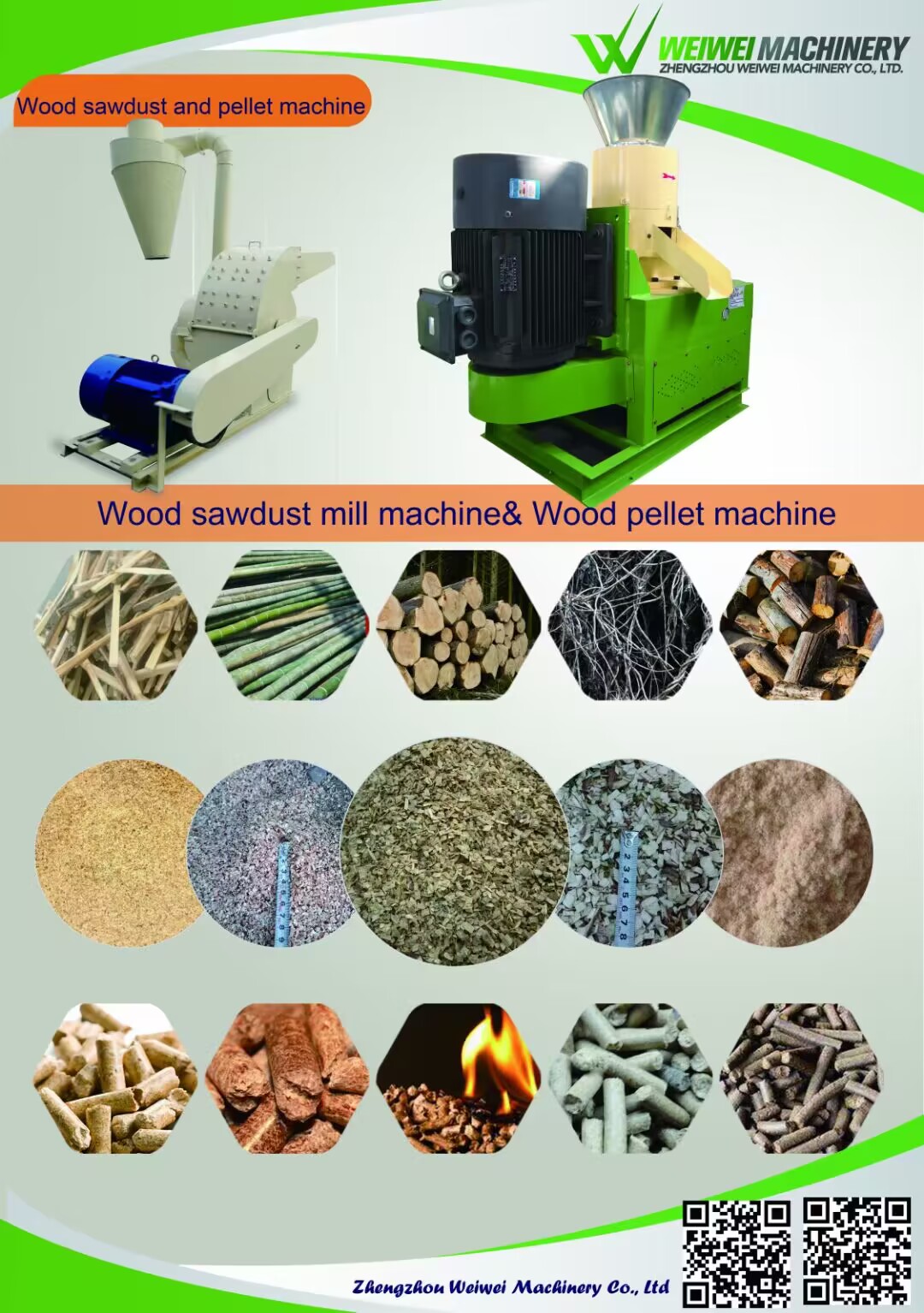Grass bait
Mechanised harvested straw can be used as fodder or returned to the field. According to published information, the main component of plant straw is the plant cell wall, which consists mainly of cellulose, hemicellulose, lignin, silicates and a small amount of protein. This means that plant straw can be used directly as feed, but from the point of view of increasing its nutritional value, it can also be processed through heat treatment, alkali treatment and acid treatment.
Biogas
The integrated pathway for the use of straw also includes biogasification. Biogas is a clean energy source that is now being actively promoted in rural areas in Japan, and can be recycled as well as produced and consumed on site. One such source is straw, which can be anaerobically fermented to produce biogas. In addition, a slight change in the ingredient ratio or the addition of exogenous additives can further increase the amount of gas produced from straw.
Paper production
The production of 1 tonne of straw pulp from straw is equivalent to saving 2.5 tonnes of CO2 and burning 4 cubic metres of wood.
Charcoal
Straw charring is the process of drying or drying and crushing straw, then using charcoal equipment to turn the separated straw into charcoal through the process of drying, charring and cooling.


